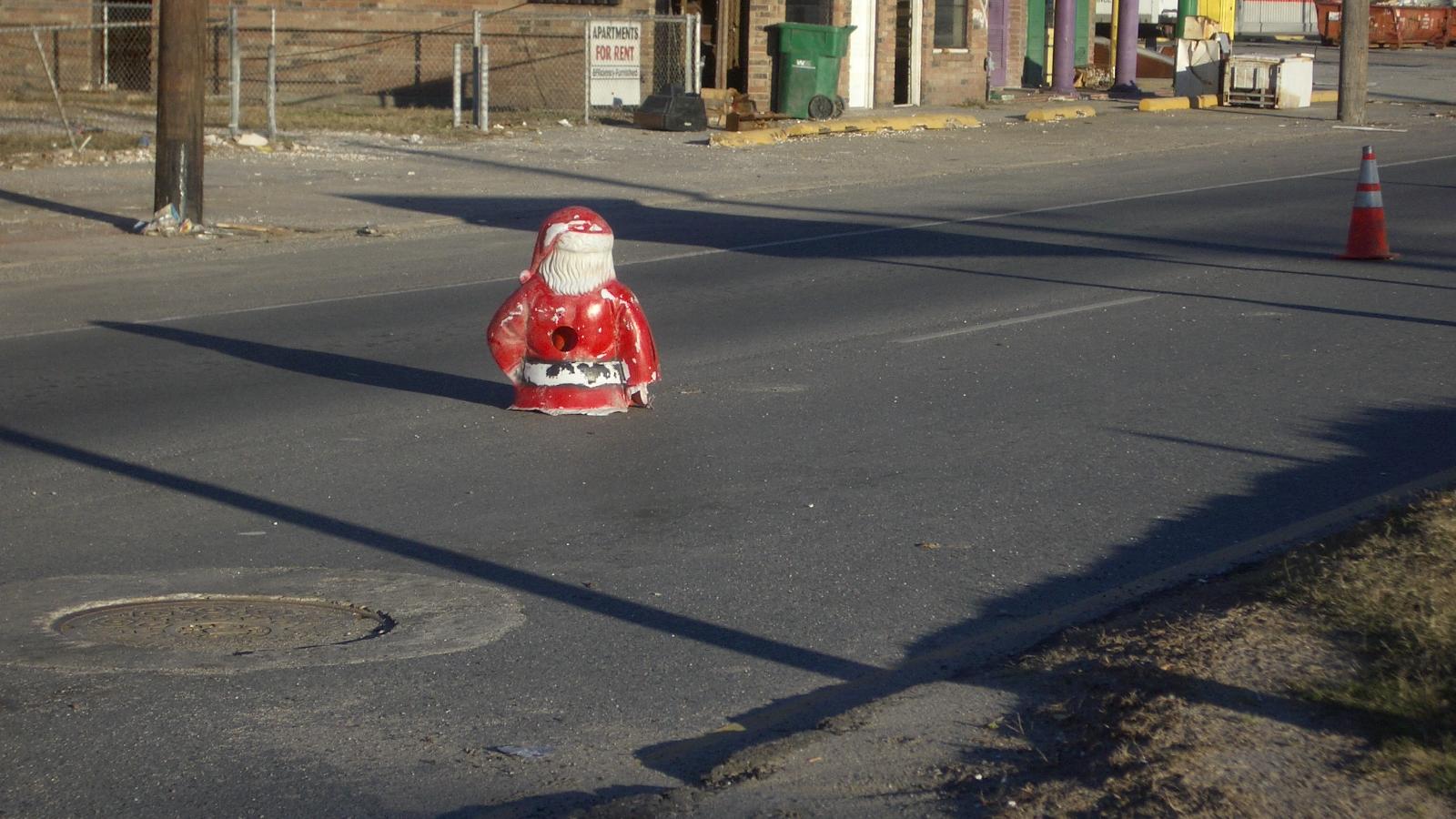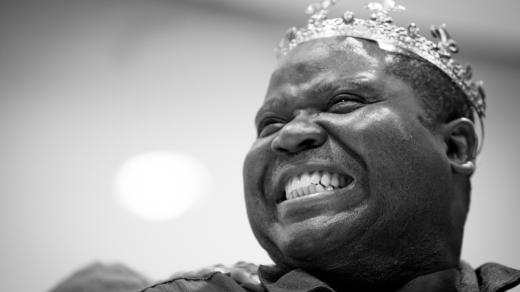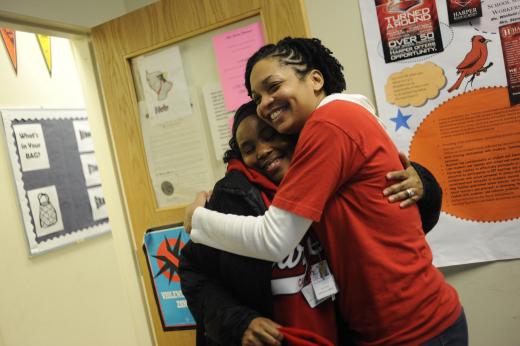Surprising stories from survivors in New Orleans. We give people who were in the storm more time than daily news coverage can to tell their stories and talk about what they're thinking. This leads to a number of ideas that haven't made it into the regular news coverage.
-
Download Control-click (or right-click) Tap and hold to download
- Subscribe on Spotify Subscribe in Apple Podcasts Subscribe
- Transcript

Prologue
Host Ira Glass talks about something he read that seemed to put an end to all debate over one of the key issues swirling around right now. He checks with William Nichelson, author of the books Emergency Response and Emergency Management Law and Homeland Security Law and Policy, to see if he's correctly understanding the issue. (5 minutes)
Middle Of Somewhere
In the days following Hurricane Katrina, Denise Moore was trapped in the New Orleans Convention Center with her mom, her niece, and her niece's two-year-old daughter. There, she witnessed acts of surprising humanity by armed vigilantes, taking charge and doing good. (16 minutes)
Forgotten, But Not Lost
To find out more about the bridge Denise talked about in act one and the armed police who prevented pedestrians from crossing, This American Life producer Alex Blumberg talks with Lorrie Beth Slonsky and her husband Larry Bradshaw. They're paramedics from San Francisco who were visiting New Orleans for a convention when Hurricane Katrina hit. After the storm, they tried to escape the city in a number of ways. When they tried to leave the city on foot, they were told, at gunpoint, by police, that they must turn back. We also hear from Debbie Zelinsky, who was with them. (17 minutes)
Social Studies Lesson
We compare Fox TV talk show host Bill O'Reilly's ideas about the hurricane's aftermath with those of Ashley Nelson, an 18-year-old who lives in the Lafitte Housing projects in New Orleans, in one of the flooded neighborhoods. Among other things, she explains what it feels like to go without food and water for two days. (6 minutes) Ashley is the author of an amazing book called The Combination, about her neighborhood in New Orleans. Contact The Neighborhood Stories Project for information on getting a copy.



